Sigma fp L And Leica M Mount Lenses:
As some of you know I reviewed the Sigma fp L a while back, and I thoroughly enjoyed using it. You can read the review here, and you can also find my review of the 24mp fp as well, here. Getting back to the fp L, at the time I was using it, I thought it would work great with M lenses but didn’t really have a chance to thoroughly try them out with the camera. Thanks to Sigma, I was able to get another loaner to use specifically with my M lenses, and I thought I’d post a write up of what I experienced in case there are others who might be curious.
Thanks for taking the time to read my article! If it helped, please consider purchasing from any of the links mentioned in this post, which in turn, helps support this site. I get a small commission but it will not cost you anything extra. Thank you!
So, there are reasons, which might be obvious to some, why I think the fp L would work great with M lenses. One is the size. For a full frame camera, this thing is tiny. It’s actually smaller than a Leica M camera but also packs a 61 megapixel sensor, which to me, is quite impressive. I do love my megapixels but besides that, the sensor’s capabilities are actually excellent as well. My first thought when I started using the fp L was it would be such an awesome camera with my 35mm Summicron Version 4. The ASPH version is a great choice too, of course, but I just love the ultra compact nature of the Version 4. Imagine this set up used for street photography, for example. All that full frame power packed into a combo that is practically pocket size.
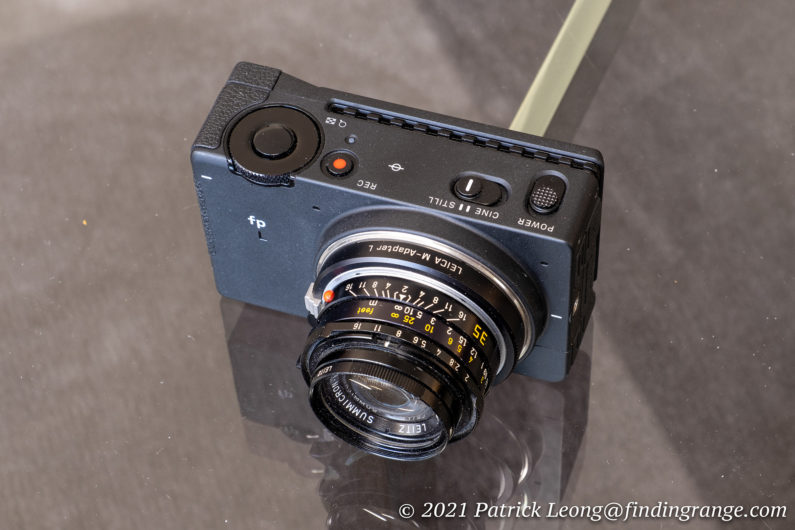
↑ Here’s the Sigma fp L with my 35mm Summicron Version 4 attached.
Now, I know some of you are thinking, the Sigma fp L doesn’t have a built-in viewfinder like the M but then again, is the viewfinder always necessary for something like street photography? I hear quite a lot about how many street photographers don’t even look through a viewfinder much, and instead, will do hip shots, for example. I even have a friend who is a fantastic street photographer, and she actually prefers using live view. She’s able to get some great shots, and I’m always amazed at how no one even notices her shoot.
Now, let’s say you do need that viewfinder to frame the shot. I get it; I did very much enjoy the fp L without the viewfinder because of just how compact it is but in general, I like having a viewfinder on my camera, and there were times when I needed one with the fp L. I definitely needed one with the Sigma 105mm f1.4 I was testing. Well, there is the EVF-11 that you can get, which while maybe a little quirky, still works quite well. It’s a 3.68 M dot OLED electronic viewfinder with a magnification of 0.83x, so it’s actually pretty decent. It’s very easy to look through, thanks to the large magnification, and it’s very clear, bright, and sharp. What I particularly like is the tilting mechanism, which angles upwards to 90 degrees. So, it will help with shooting at different angles, which is always good. It will also help some in street photography because one does not have to lift the camera up to the face to shoot all the time.

↑ There’s an optional EVF for those who are interested.
Anyway, this isn’t a review, so let’s get straight to the optics. The lenses I used were the Super Elmar-M 18mm f3.8 ASPH, the 35mm Summicron Version 4, the Summilux-M 50mm f1.4 ASPH, and the 75mm Summilux. These are my own lenses, so I know how they perform overall because I’ve used them for years. I thought these would be great choices to try with the fp L. Besides the optics being excellent, I figure this is a nice range in terms of focal length. Since the fp L is L mount, I was easily able to attach my M lenses with my Leica M to T Adapter from my SL2 but you can probably use any M to L adapter.
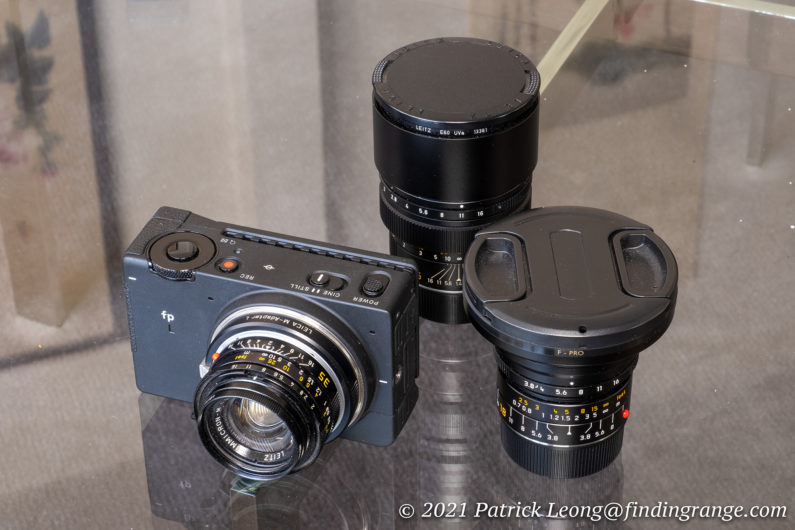
↑ The Sigma fp L with M lenses.
Overall, the fp L worked great with my M lenses. Besides the fact that they balanced very nicely with the fp L, in terms of size and weight, I was getting fantastic image quality as well. How could I not; I am using arguably some of the best lenses out there with what I feel is a superb 61 megapixel sensor. The combo is kind of a match made in heaven. I also love the fact that the M lenses felt like native lenses on the fp L. It felt just like using my M lenses on my SL2, so the compatibility factor is there. There is focus peaking, which helps quite a bit, so you end up with sharp results as well.
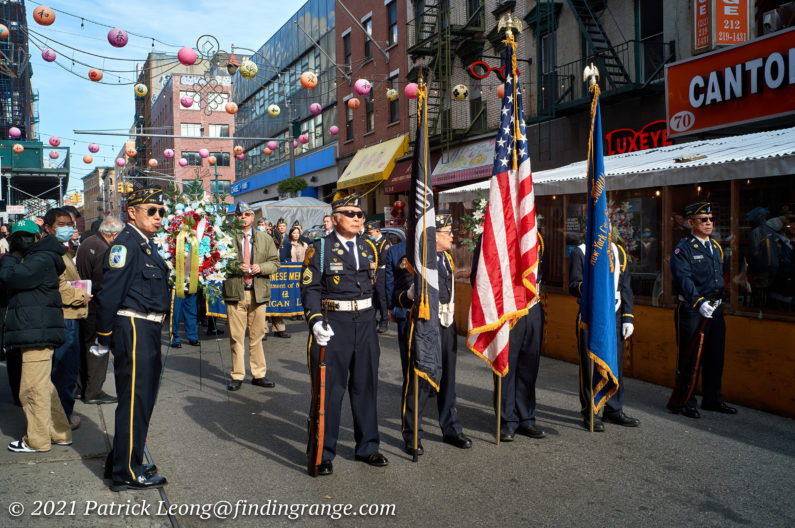
↑ This was taken with the 35mm Summicron Version 4.
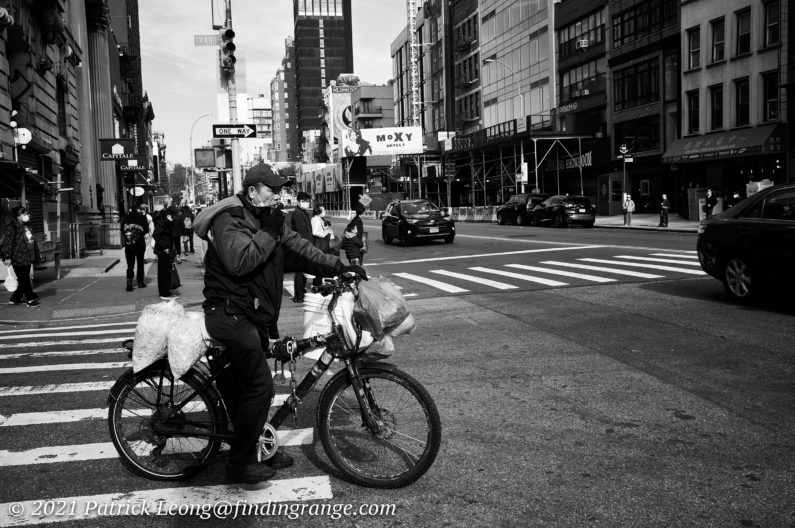
↑ Here’s another photo taken with the 35mm Summicron Version 4.
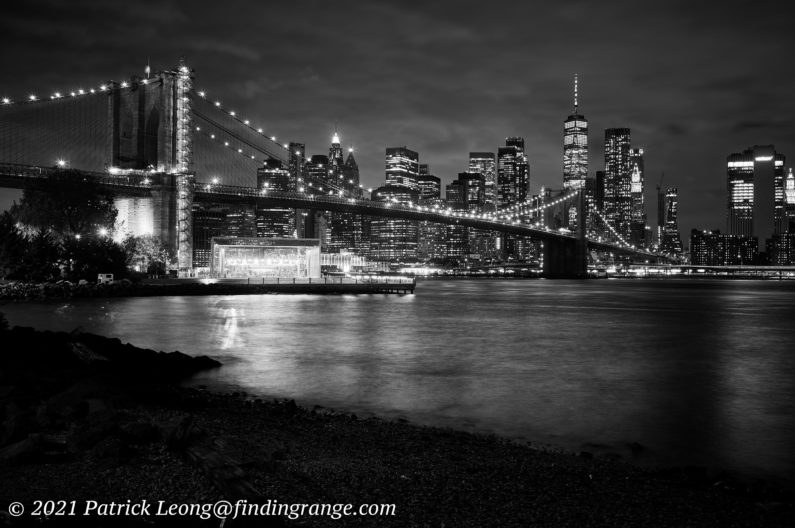
↑ This was taken at night with a tripod. I used the 35mm Summicron Version 4.
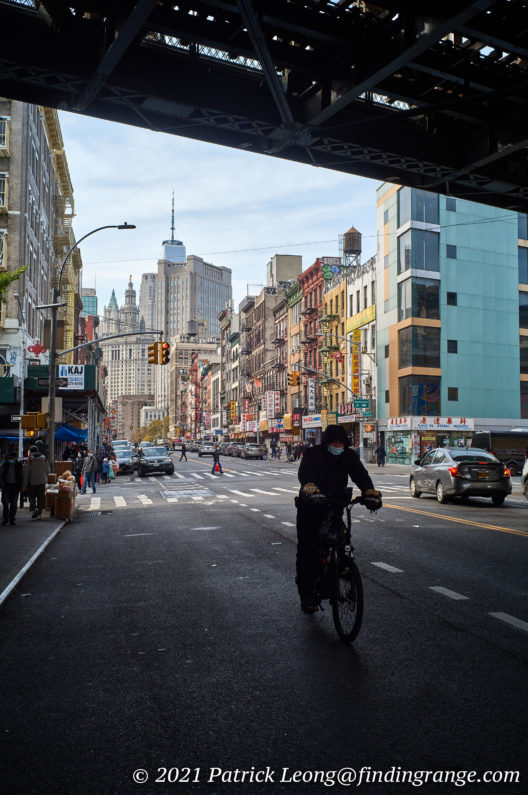
↑ Here’s another where I used the 35mm Summicron Version 4.
I took the fp L with me everywhere around the city. I did some street shooting, which I haven’t done in quite sometime, and I just loved how easy it was to carry around, especially with the 35mm Summicron Version 4 attached. It’s also worth noting that the fp L is quick enough that I had no trouble getting the shots I wanted. Plus, since it only has an electronic shutter, you can bet that it’s extremely quiet, which is great when you want to be a little sneakier for say candid work or street. I also did do some cityscape stuff, which I haven’t done in ages. I went out at night with my best friend to look for spots around Dumbo, Long Island City, and Queens. I actually haven’t done much of this, since the pandemic, so it was a nice change. We even took the tripod along to get better results. Overall, I just had a really fun experience with the entire set up.

↑ This was taken on a late night with my Super-Elmar-M 18mm f3.8 ASPH lens.
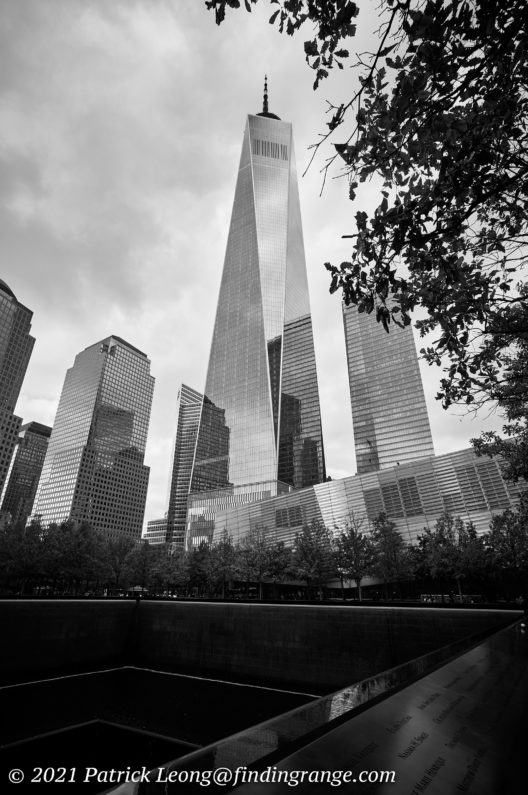
↑ Here’s another taken with my 18mm Super Elmar.
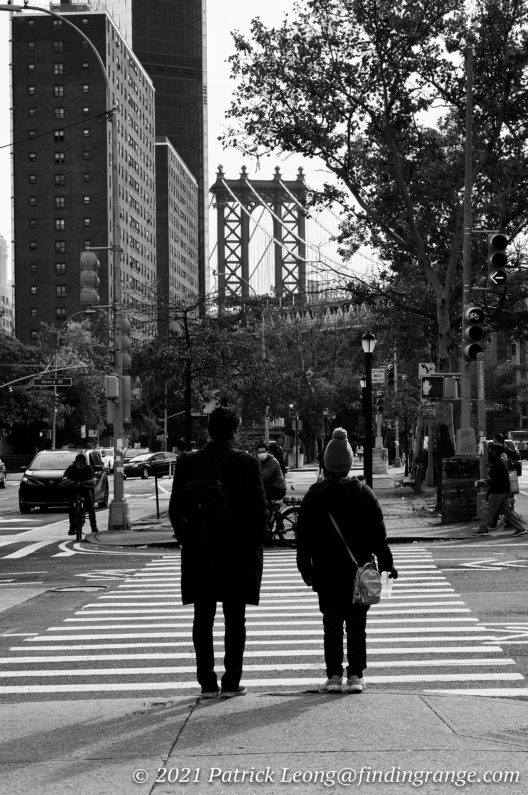
↑ This was taken with my 75mm Summilux.
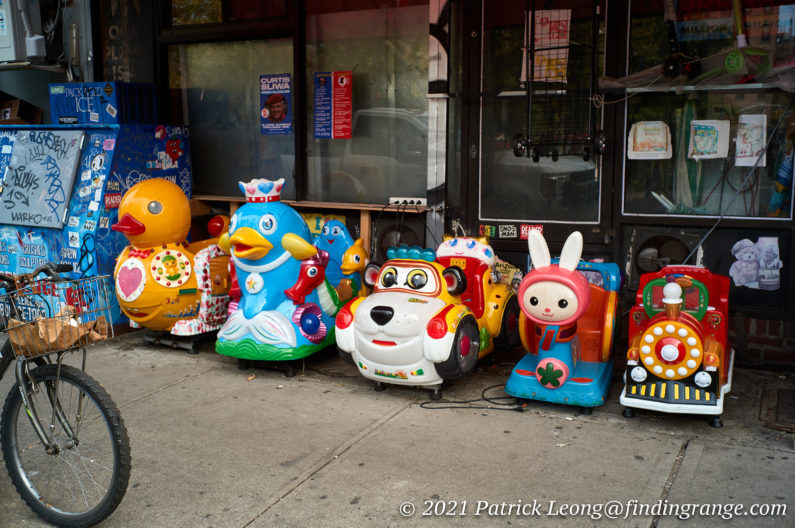
↑ Here’s one taken with the 35mm Summicron.
There is one issue I ran into which is a slight color cast in the corners in some of my shots with my Super Elmar-M 18mm f3.8 ASPH but to me, at least, it isn’t a huge deal. Not only is something like this easily fixable in Photoshop, it just didn’t bother me. I didn’t do any corrections for the photos that were affected. The point is, everything works quite well overall. Having a slight issue with one lens doesn’t seem like a big deal to me when I look at the larger picture, which is a camera that works great with most of my M lenses all while also matching them in size and weight.
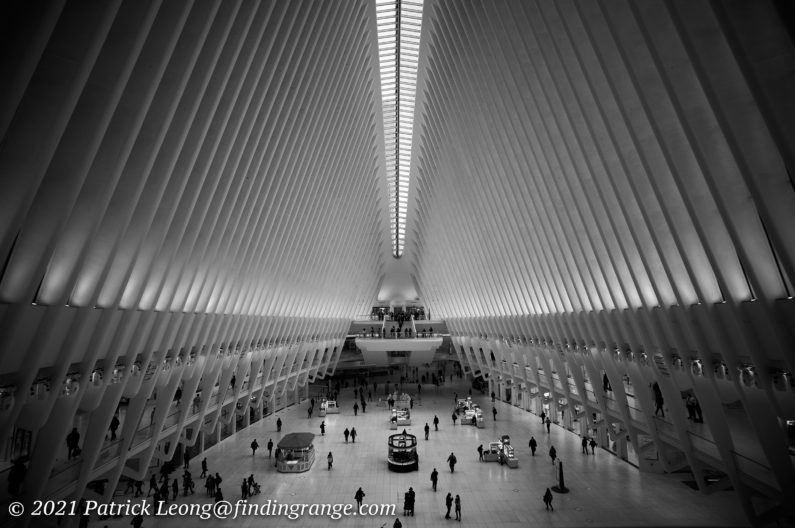
↑ This was taken with my 18mm Super Elmar.
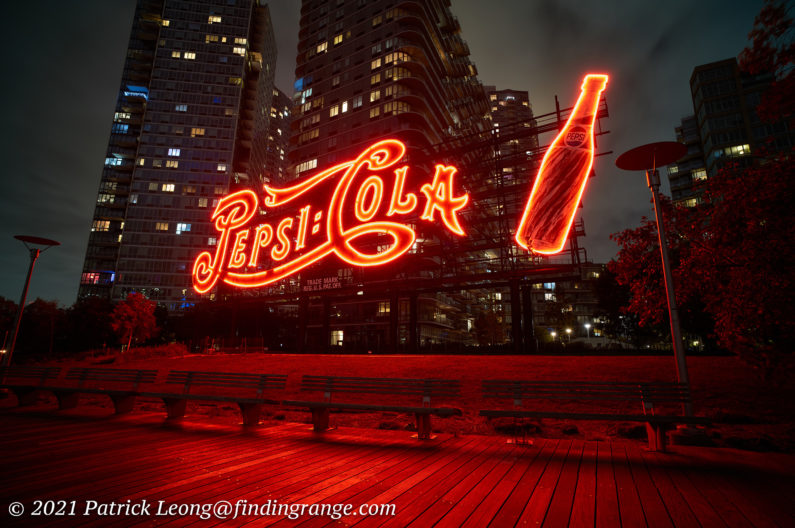
↑ Here’s another taken with my 18mm Super Elmar.

↑ This was taken with my 35mm Summicron.
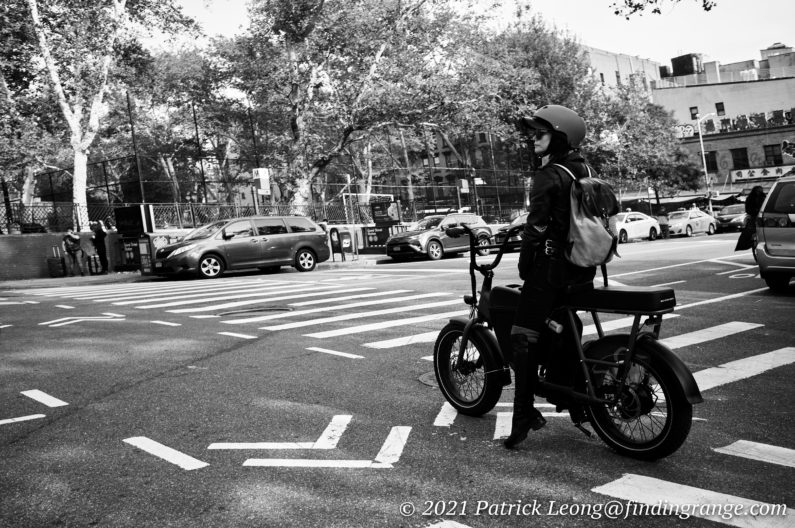
↑ This was a hip shot taken with my 35mm Summicron.
Now, I know this article’s main point is using M lenses with the Sigma fp L but I should at least mention the Sigma I Series lenses real quick. The reason is because I just feel like they kind of relate in a way, and maybe another reason why the fp L is a good alternative to say an M body or another camera body that can use M lenses. Let’s just say, you’re not in the mood to manually focus but you still want some compact and lightweight options. Unlike an M, you still have the option of trying the I Series lenses, which are ultra compact, and have autofocus. I’ve reviewed every single one so far (reviews here), and they are fantastic. I can’t recommend them enough, and even with autofocus, some of them are about the size of M lenses (check out my 90mm f2.8 review).

↑ In addition to M lenses, you can get lenses in the Sigma I Series collection, which are not only autofocus, they are very compact.
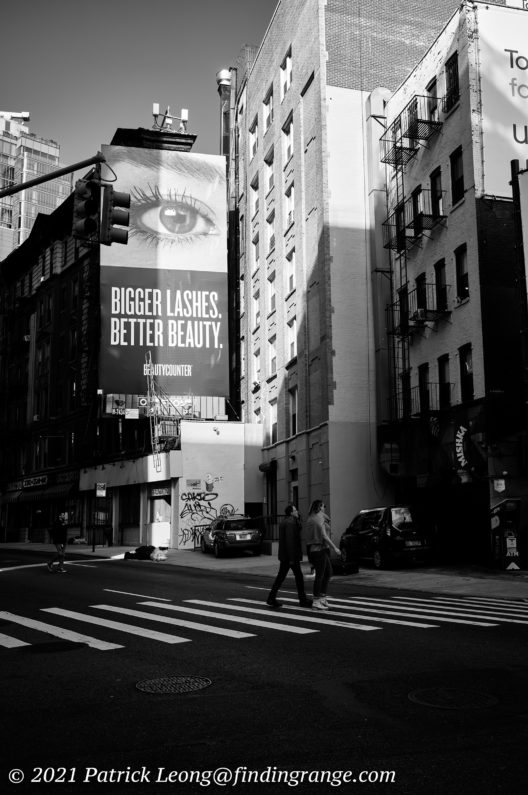
↑ This was taken in the morning with my 35mm Summicron.

↑ Here’s another taken with my 35mm Summicron.
Overall, I think the Sigma fp L is a great option for M lenses, and something one should consider, if they want a full frame camera around the size of a Leica M rangefinder. I can even see this as being a nice alternative to a Leica CL, which I love but is a cropped sensor. As I said earlier, I love the fact that I have so much raw image taking power in a camera that fits in the palm of my hand. Together with M lenses, it was just a downright, fun experience, and I ended up with great pictures too.

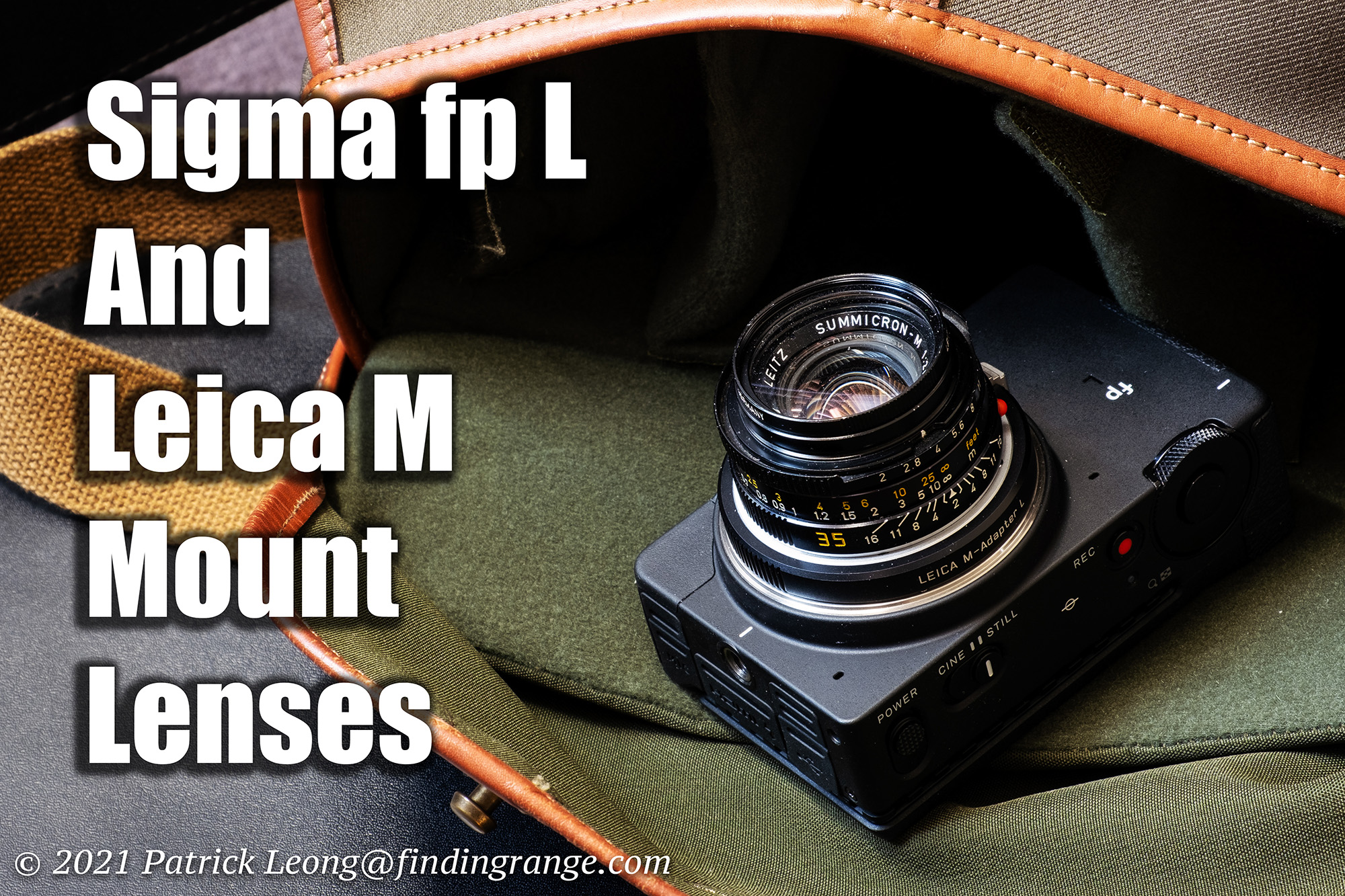
Re: colour cast with 18mm. I suspect that the fp L has the same little known feature as the fp which I used to love and own. Check the user manual- the fp had a feature where you could take a picture of an evenly lit surface and register the lens. Then when you take images it corrects the colour cast. It does not correct vignette which I often prefer anyway or can be easily corrected in processing. This is brilliant for m glass.
Yes, I remember you mentioning that (thank you for letting me know about it) but on the first few days that I took it out, I forgot to look in the manual haha, and the truth is, I didn’t really feel like it was a huge issue with the lenses I was using, so I just left it at that. I think the only time I even had really any trouble (if you can even call it that) is with the 18mm, and even then, it wasn’t that bad at all, at least to me.
I agree that I would purchase this over the CL. I also agree that I would consider the fp L as a nice second camera to my M9. I like to carry two cameras to minimize changing lenses. I have done this since the 1980s film days (I was probably 4 or 5 at the time 😂).
By the way, I particularly loved the 18mm bridge image.
I briefly owned the 75/1.4 but did not like the background swirl in busy backgrounds so let someone else adopt it. Certainly, image rendering under various conditions is critical to lens choice and often price is not an accurate guide to individual preference. Hence, I value your reviews as they often show out of focus rendering under various conditions. Also, you competently address other considerations.
I currently live in area where I have to order things to see and try them . Hence, I appreciate your valuable reviews.
Thanks for the kind words about the pic, and my reviews Brian! Means a lot coming from you!
The 75mm f1.4 was actually my dad’s lens but it along with a bunch of his other Leica toys have somehow found a home with me haha. It is probably the most difficult lens for me to focus these days. The focus throw is long, and the slightest movement can mess with a sharp image. I don’t use it much as I prefer my APO 90 but it’s a lens I won’t ever give up because of sentimental reasons.
Patrick,
Do you know if Leica’s adapters will record 6 bit lens information on the fp?
Hi Arun,
No, I don’t believe it will. Hope this helps, and have a great week!
Best,
Patrick
I know this is an old article but I wondered if you notice any differences in image quality when using the fp/fp-l and the S5? I have an S5 and recently used the Heliar 50mm f3.5 and the quality is very nice, but I’ve seen files from someone using the same lens on a regular FP and the images were stunning and seemed to show more detail…
Hi Alex,
The FP cameras produce stunning images, especially that fp-l. That fp-l is pretty incredible. With that said, I shoot with an S5, and I am very happy with it. Its been a while since I’ve used the fp and fp-l; I never did a comparison back in the day but I would say if you want to see a bigger difference, the fp-l is going to show it to you. I hope this helps,
Best,
Patrick
Thanks Patrick. Yes I’ve been intrigued by the fp’s for ages and plumped for the s5 as it was on offer and seemed the ‘safer’ choice. It’s a great camera but since not seeing quite the same performance on the heliar as I mentioned I found out the FP’s have a thinner sensor stack which some claim makes a difference. I know the FP-L has an AA filter whilst the FP doesn’t, not sure if that makes any difference… Your FP-L shots in this article look amazingly clean and sharp so maybe not.
Here in the UK the Sigma cameras are NEVER on offer sadly and not stocked well in camera shops, would love to try before buying.
I really enjoy your website, and thank you for being so communicative and helpful, much appreciative.
While I’m not old enough to have lived the real film days, I was doing things pre digital take over and definitely pre smartphone. However convenience has had me just using a high end phone for the last half decade plus, and before that using an inherited DSLR from the early 2000’s.
Because of my exclusive smartphone use for so long, I was totally unaffected by the lack of a viewfinder. Though I am also poor so I’m using a Voigtlander lens and the original 24 mp FP, maybe it is more necessary for your set up. Just thought I’d offer perspective on why some people don’t seem to miss the viewfinder.
All of your 18mm shots are incredible, aberration or not. Really excellent work!